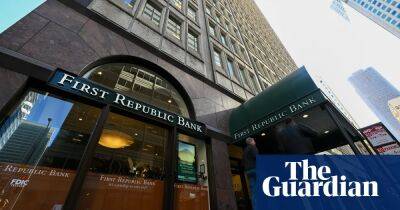After decades of neglect a housing accord could be the game-changer Australia needs
A ustralia’s housing crisis has been building for a long time. Home ownership rates have been falling among younger, poorer Australians for decades. Half of retirees who rent are living in poverty. And homelessness is on the rise.
The pandemic has made the crisis worse. And it’s low-income renters who are suffering the most.
Rental vacancy rates are at record lows. Rents are rising by as much as 15% a year. Shocking stories abound of Australians sleeping in tents, caravans or even their cars because they can’t find a home they can afford to rent.
The Covid lockdowns and the work-from-home revolution have spurred a new “race for space”.
People want more space to themselves, either by taking an extra bedroom as a home office or by moving out of the family home or a share house. Much of this change appears to be permanent – many Australians now expect to work from home much of the time.
The outcome is that fewer people are living in each home – and we’ll need more homes just to house the same number of people.
And now that the borders have reopened, migration has come roaring back. Treasury estimates there will be an influx of 650,000 migrants over the course of this financial year and next. More people means we need more houses – and we are adding people a lot faster than we are adding houses.
So, what should be done?
The first thing federal government should do is substantially increase rent assistance to ease the burden on low-income renters.
Rent assistance works. In 2021 it reduced housing stress levels for recipients nationwide from 72% to 46%. But the maximum rate of rent assistance hasn’t kept pace with the rising rents paid by low-income renters. The government should increase it by 40%. This would cost the budget about
Read more on theguardian.com













